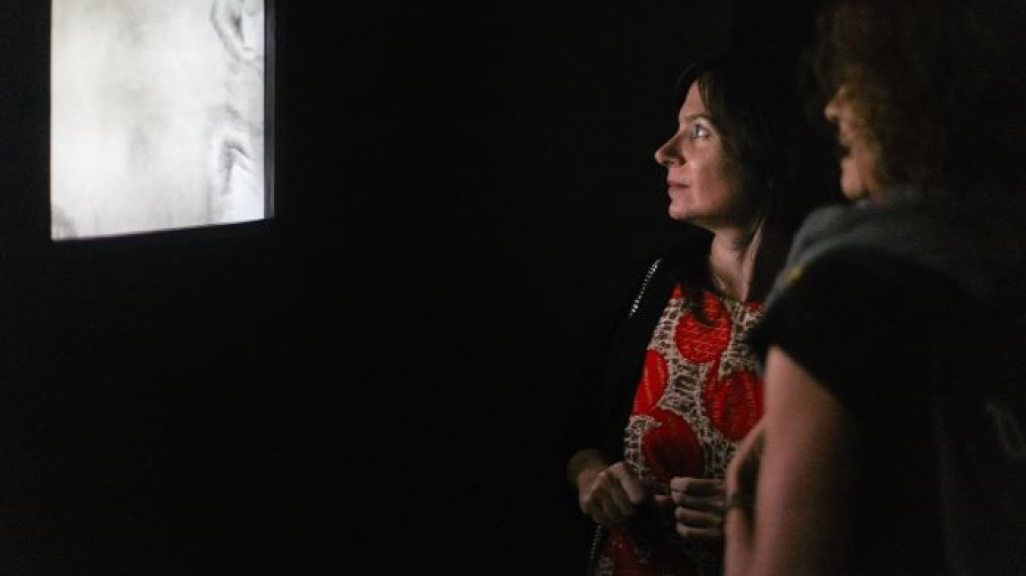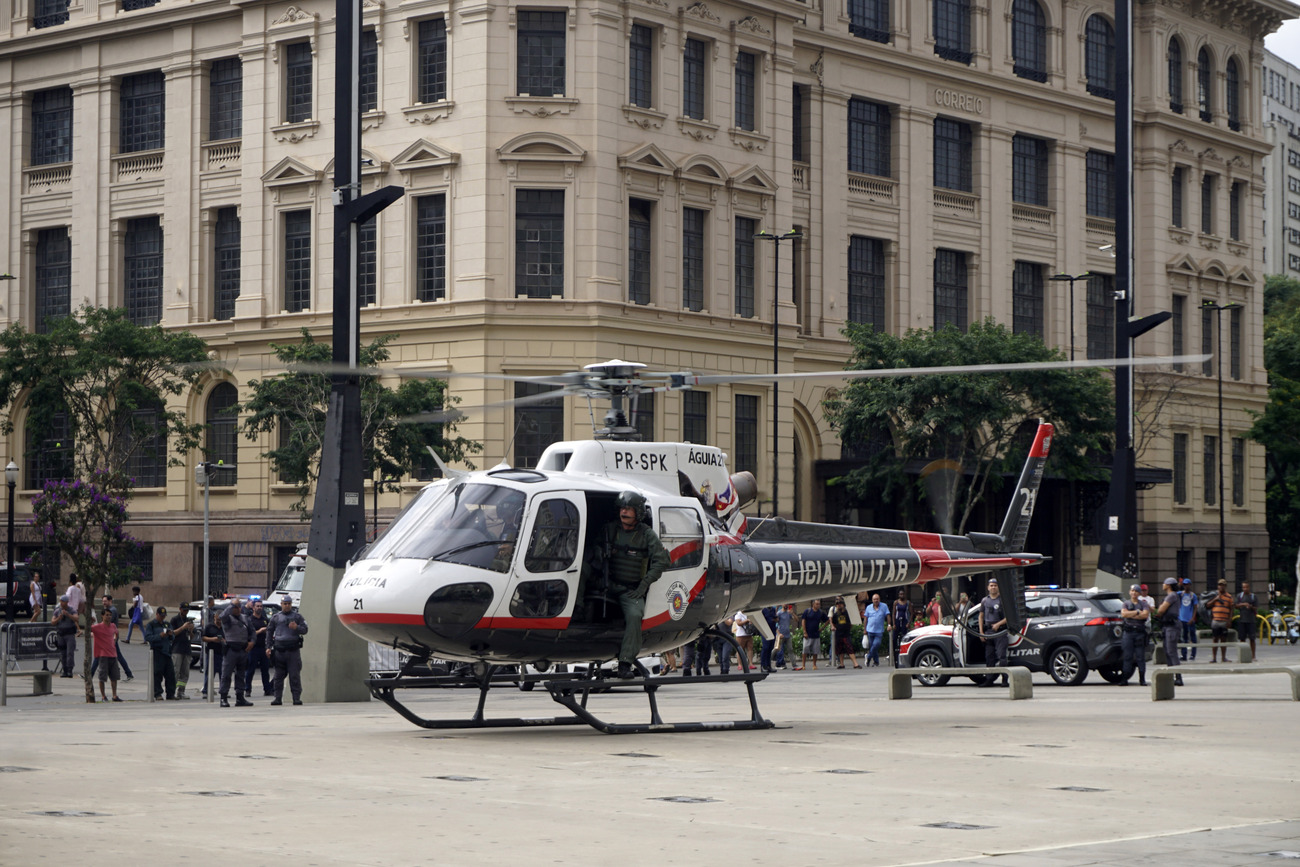The Photographer Who X-Rayed Chernobyl
The Photographer Who X-Rayed Chernobyl
Brazilian artist Alice Miceli spoke to Atlas Obscura's Winnie Lee about the creative process behind Projeto Chernobyl.
While living in Berlin in 2007, Brazilian artist Alice Miceli took long train rides—18 hours or more—to Belarus, then another leg, by car or train, to Chernobyl. She made this journey more than 20 times. With permission to be in Chernobyl’s Exclusion Zone before tours were available, she photographed the site using a regular camera, but also documented the area—and the legacy of the 1986 nuclear disaster there—in a different, more extraordinary way. Miceli placed radiographic film plates used for chest X-rays—specifically sensitive to radiation—wrapped in layers of industrial plastic on the ground, on windows, on trees. She wanted to make visual records of something invisible to the naked eye, namely the area’s radioactive contamination, particularly the isotope cesium 137. “It is interesting that radiation has shape,” she says. “It has physicality. It operates at a specific frequency that can be recorded, if only we could place ourselves in a position to see it. It became clear to me that, in this case, it would be necessary to create my own tools to make this happen.”
Miceli created a special pinhole camera and did meticulous tests at the Institute of Radiological Sciences in Rio de Janeiro, but she still didn’t entirely know what to expect when she got into the field. “In terms of the radiographic techniques that I had been developing, I didn’t have any idea about what kind of images I might be able to record once actually outside the lab and in Chernobyl, encountering not a controlled model but the full-scale radiation,” she says.
The resulting images, which are currently on exhibit at Americas Society/Council of the Americas in New York, are unexpected and don’t follow any predictable patterns. Some glow with ghostly lines and swirls, but many of them are mottled darkness (with the dark areas indicating radiation). The visual effect is striking, but its emotional impact is greater. “Chernobyl as it is exists in our planet today concerns all of us,” she says...









